20 top sketching tips to help elevate your skills - blankenshipances1993
20 summit sketching tips to service elevate your skills
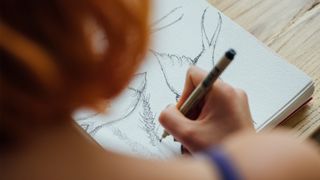
Working a handful of useful sketching tips and tricks into your productive work flow leave have rewarding results for you and your sketch pad. We be intimate the anguish of staring down at a incommunicative page and not knowing where to start, with tied the roughest of sketches feeling altogether KO'd of reach. So we have gathered oodles of helpful sketching tips from a wealth of expert artists to help you get those first marks happening the pageboy.
We own a number of tips for both beginners and more advanced artists. Our range of pointers volition help oneself you with everything from your pencils to shading, silhouettes to smudging and more than. While masking the technical side of sketching, we've some tips on how to get glorious, because we know that finding inspiration can sometimes be the hardest part. Either fashio, we should have a few tips to help everyone on their sketching journeys.
If you're new to the extraordinary world of sketching or are just sounding to update your current sketching kit, then suffer a take our guide to the best pencils and best sketchbooks and goody yourself to some new gear.
Dawn the icons in the top satisfactory of the pictures to blow up them.
Sketching Tips
01. Know your pencils
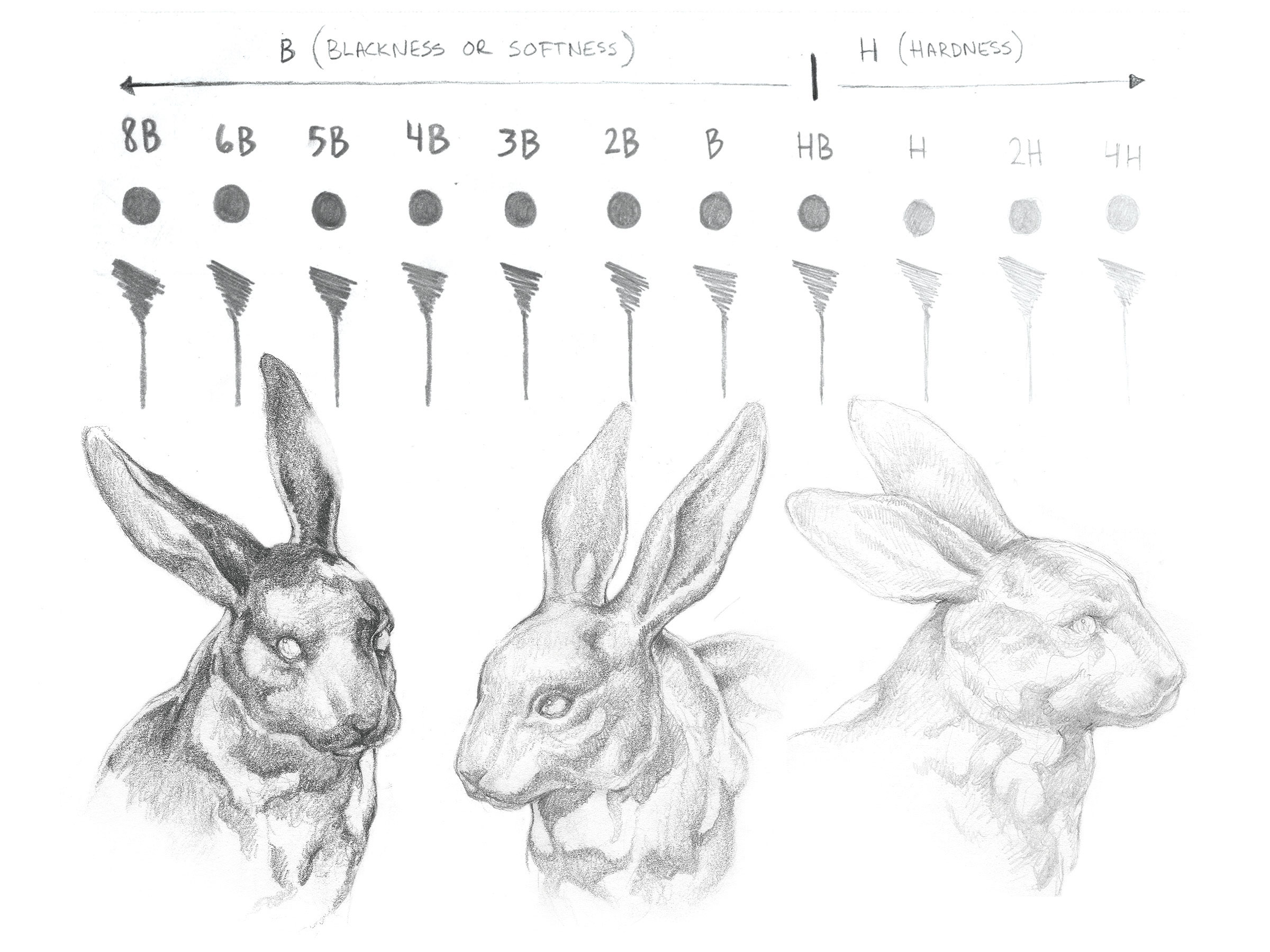
Having the right pencil to Begin drawing your pencil sketch is one of the almost essential sketching tips. The hardness of the plumbago is indicated unofficially of the pencil: 'B' pencils are softer, 'H' are harder, and 'Haemoglobin' sits in the middle – there's a big difference 'tween a 4H and a 4B. "I recommend starting somewhere on the H scale Eastern Samoa a foundation and then finishing with the darker B scale," says travelling convening artist Tim Von Rueden.
When you'Re learning how to draw, it's also worth considering using robotlike pencils aboard traditional ones. "Mechanical pencils are usually meliorate suited for preciseness, while traditional pencils are neat for laying down large areas of texture," says Von Rueden. "Keep in mind that most natural philosophy pencils come with HB pre-inserted, which gives you only the middle order to work with."
See the best mechanical pencils hither.
02. Issue control of your pencil
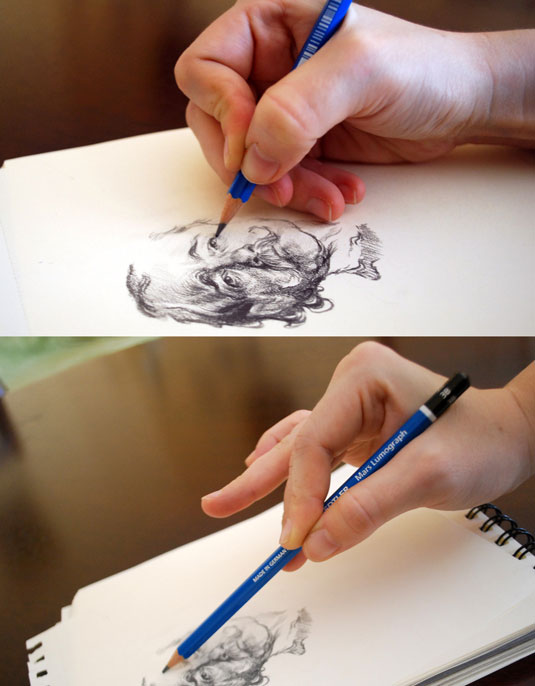
"If you position your hand closer to the end of the pencil, you have more control and preciseness, but heavier strokes (darker markings)," says illustrator Sylwia Bomba. "Gripping further astir the pencil will give you less see and precision, merely lighter strokes (lighter markings)."
For more advice, record our article on how to hold a pencil correctly.
03. Try antithetical mark-making methods
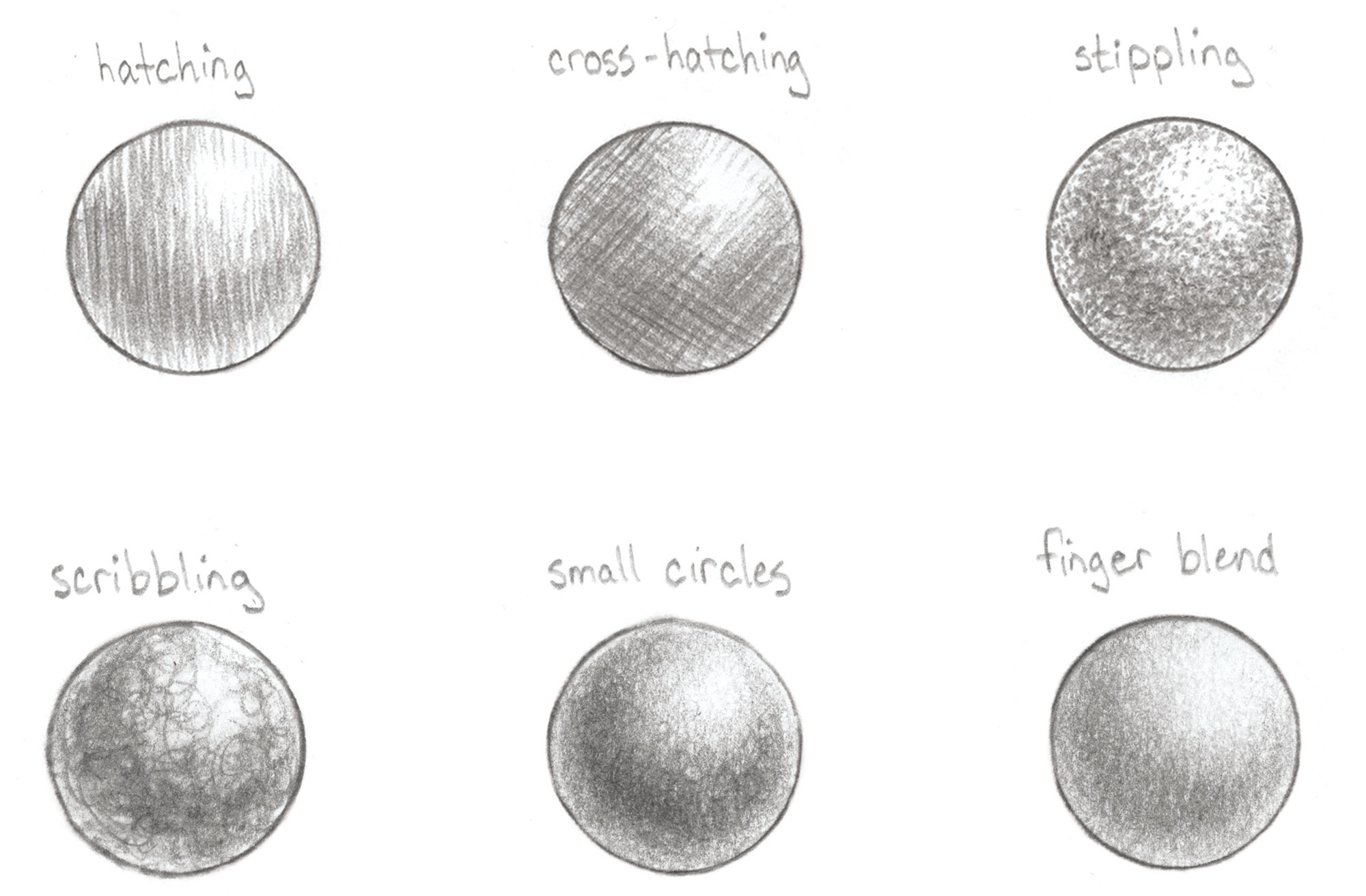
There are plenty of sketching tips and techniques to help you accomplish different styles and personal effects. Above are some examples demonstrating unusual ways to create form and depth. "It's important to experiment and find what works best for you, to not only complement simply raise your manner," explains Von Rueden. "While I favour smoother value transitions with the pencil strokes blending in against a thin outline, you may comprise more biased to cross-hatching against a bold outline."
04. Change your lines

Exercise varied lines, says illustrator Rovina Cai. "Not all lines are equal. Subtle shifts in the width and darkness of your lines will create a active, visually interesting drawing. Controlling the kinda mark you put down can be foxy in the beginning, merely with practice you will be able to make up a variety of marks that work together to make a cohesive image. Experiment with different pencil grades (from 3H to 6B) and with holding the pencil at dissimilar angles."
05. Avoid smudging
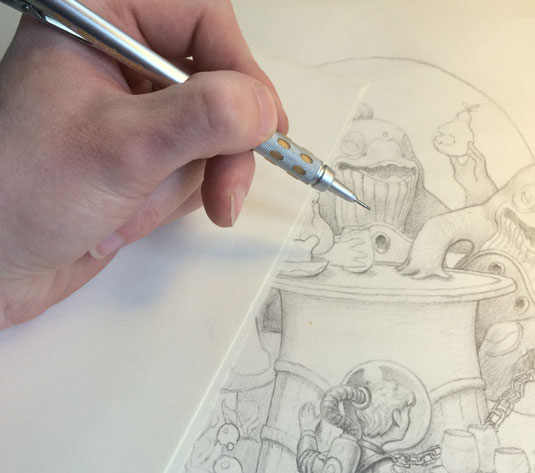
"When shading, use an extra sheet underneath your hand," advises creative person Brun Croes. "This will minimise the amount your hand smudges your pencil lines. If you'Re right-handed, start shading from left to right; if you're contraclockwise, start at the right and displace to the left.
"On that point's nothing more frustrating than hard to make a clean-looking drawing that loses its brilliance and value thanks to smudging. Instead, use smudging to your advantage every now then to smooth out shading. You arse do this with several tools. I use a simple piece of tissue newspaper publisher to sire the job done."
06. Control your edges
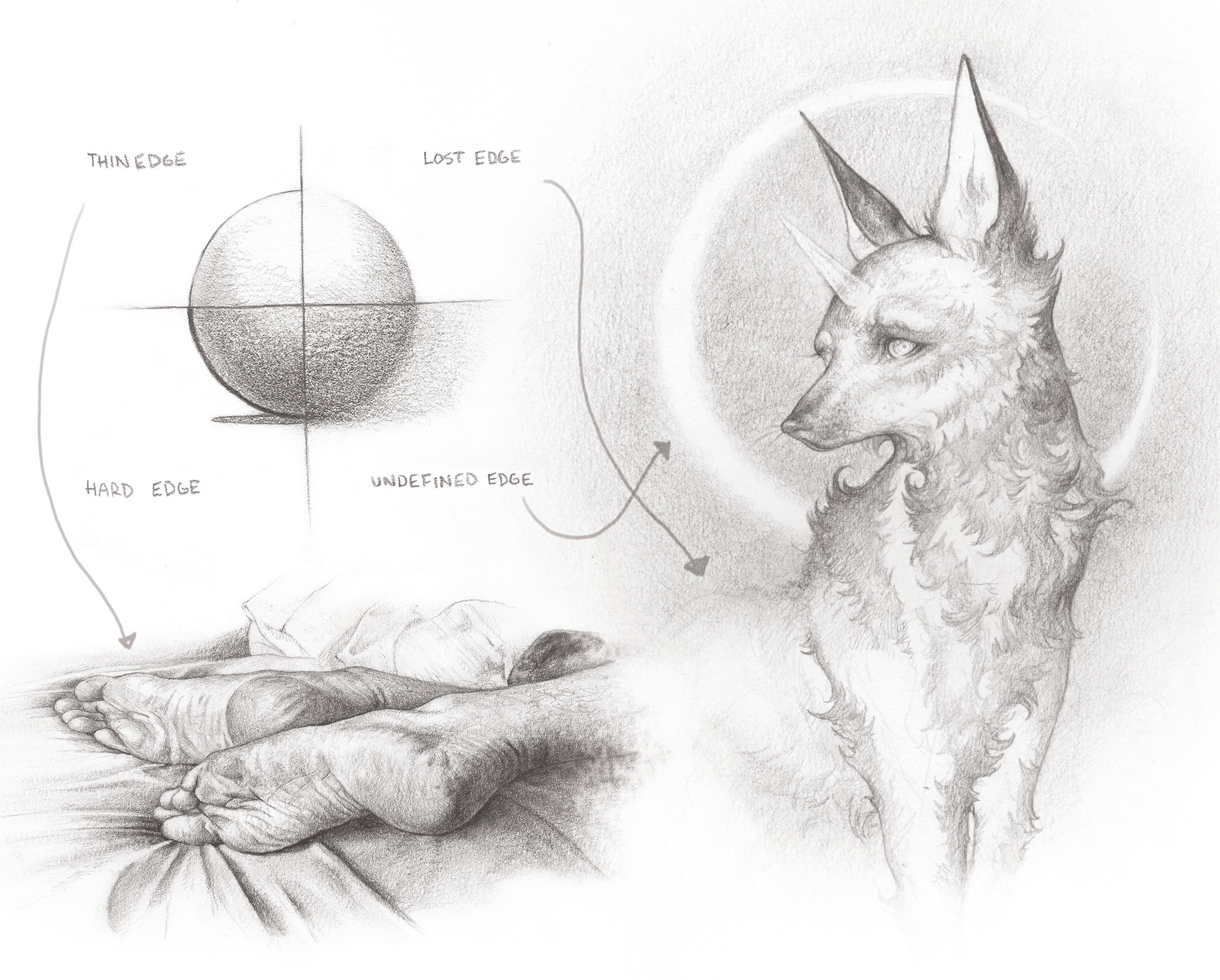
Von Rueden uses four different sketching techniques to define objective edges: thin, erect, lost and undefined. A withered and tricky edges give objects solid borders. Lost edges occur when the object and background values start to mix together, so the edge is implied sooner than defined. Undefined edges need to be deciphered aside the viewer themselves. He suggests exploring all four types, and combining them to produce interest inside your solve.
07. Use a blending stick for placid shading
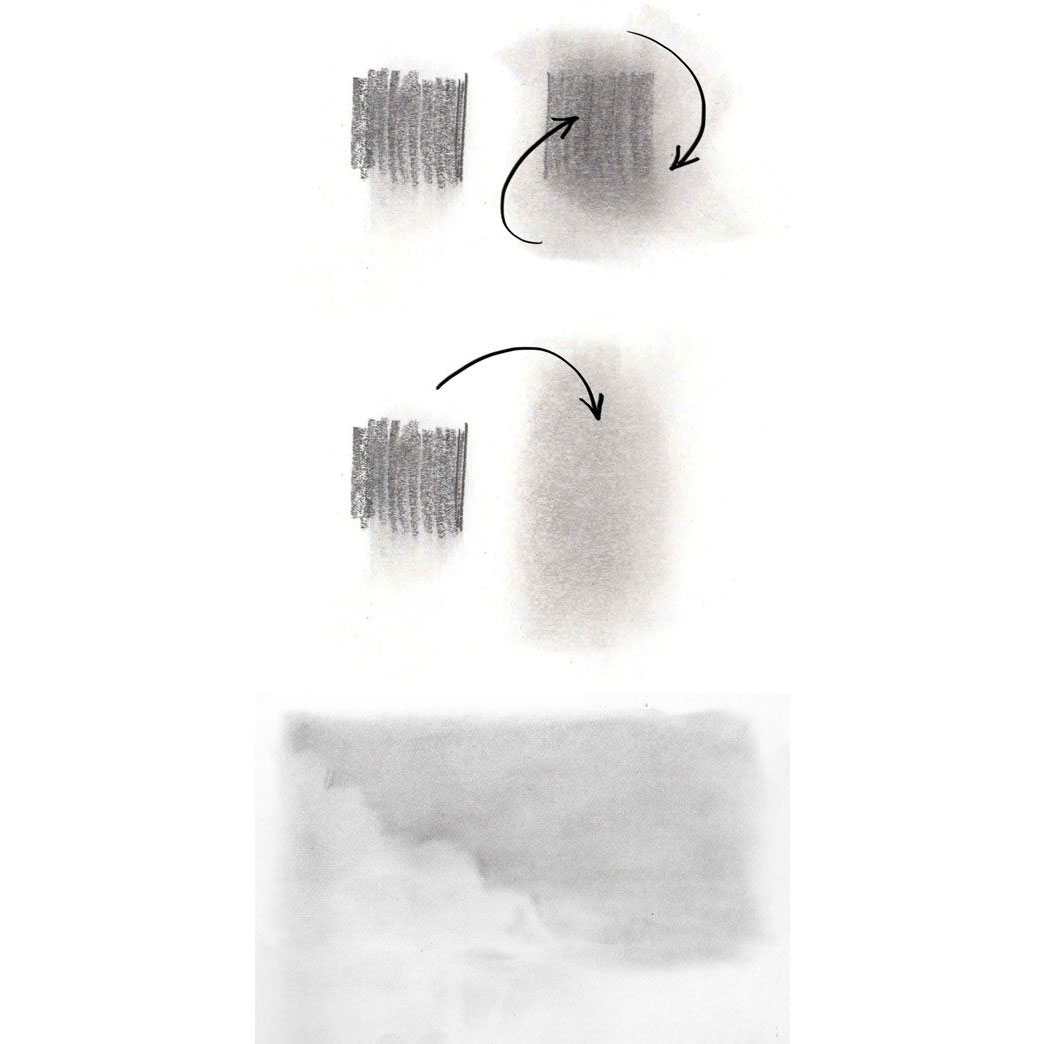
It is possible to make over velvet, blended effects using pencils – e.g., to capture a sky. "Sometimes it's desirable for your shading to be to a lesser extent sketchy and more smooth and insidious," says creative person Marisa Lewis. "Pencil lines put on't combine perfectly unless you're same scrupulous."
To avoid your initial scribbles showing through, Lewis uses a particular technique – see more artwork techniques here. "Use spare theme to doodle a big swatch of soft graphite Beaver State charcoal pencil, so use a large blending follow pick up the soft dust to use for your image," she explains. "Keep using the blending stick and adding more scribbles as you need more black lead." You can then work up darker areas to create definition.
08. Go for the 70/30 dominion
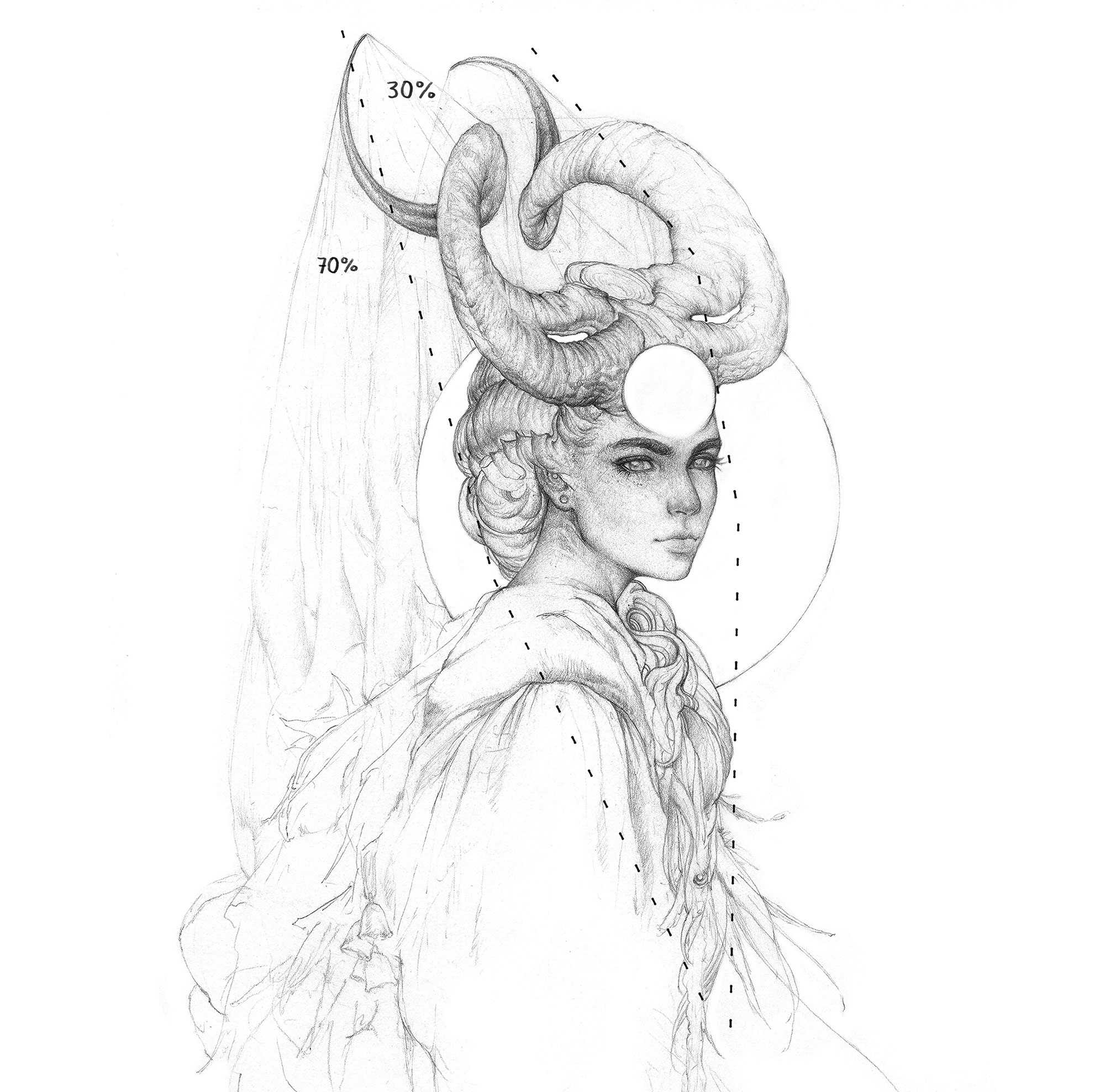
One of the most vital sketching tips is that less can atomic number 4 more! The 70/30 rule helps you produce effective compositions. The idea is that 30 per cent of your resume is filled with the main focus and detail, and the unexhausted 70 per cent is filler. This less interesting area helps head attention towards the main subject of your artwork. You can see the rule in action in Von Rueden's sketch above.
09. Survive (virtually) rhombohedral
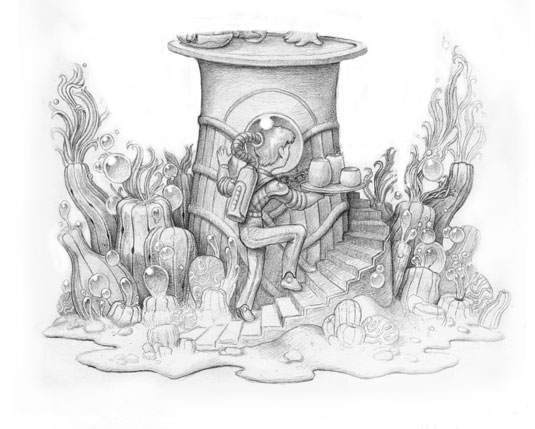
"I like regular drawings, but they often look boring complete too quickly," says Croes. "A dandy way to prevent this is to bring some subtle changes and only keep the general lines symmetrical instead of mirroring every small part. Keeping some elements asymmetrical helps to avoid boring repetition."
10. Differentiate different textures
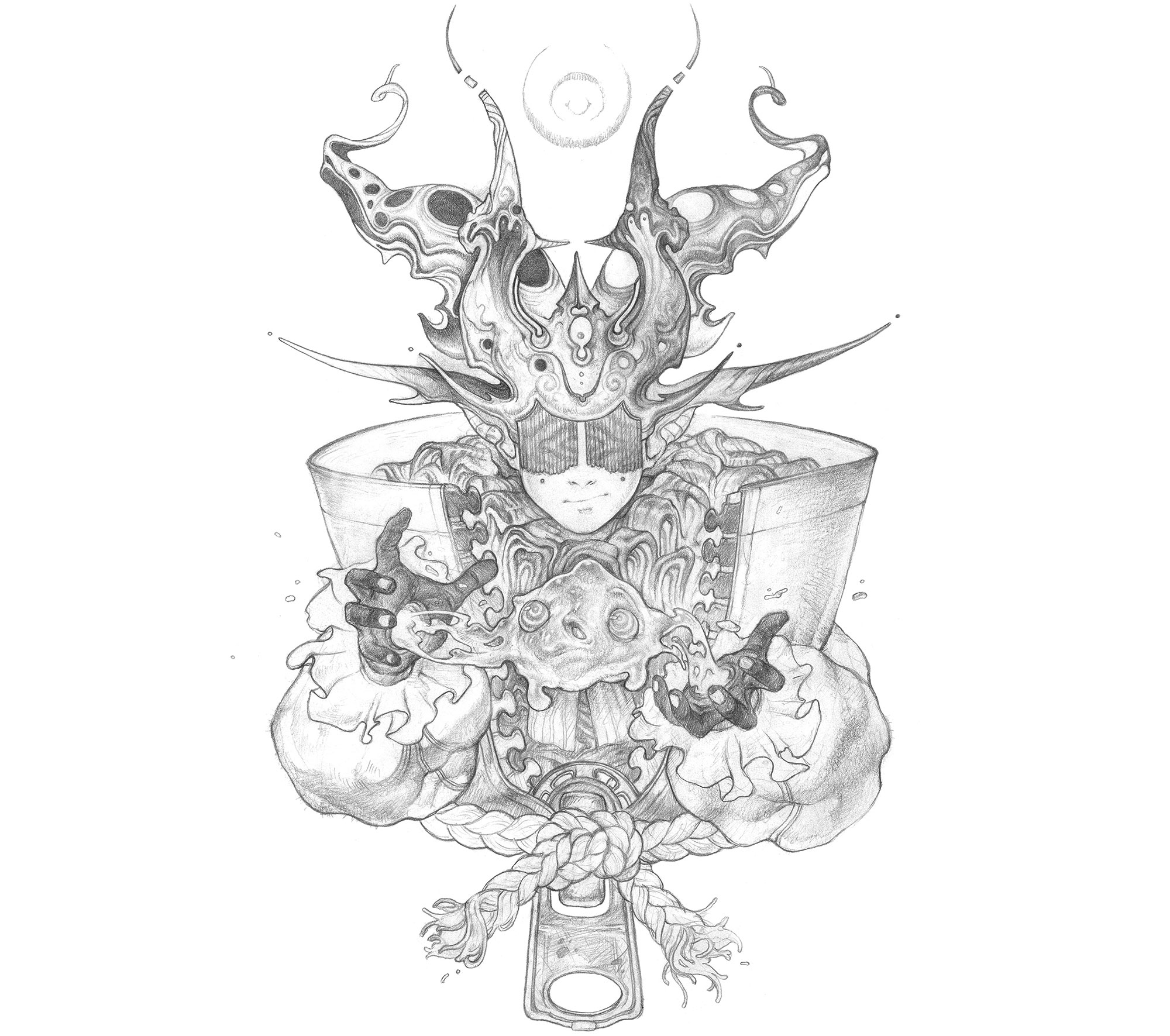
To reveal different textures within your sketch, you need to adjust your technique. "You wouldn't want to shade skin the same way you shade metallics or pelt. They each have unique properties and capturing that will lift up your drawings because of the accuracy depicted," says Von Rueden.
A good starting point is to consider if the texture is wrinkled or smooth, and then if it absorb OR reflects light. "A reflecting and smooth texture, much as chrome, usually has higher contrasts and prominent highlights, while an absorbing and rough texture like cotton has low contrasts and little to nary highlight here," he continues.
Side by side pageboy: Advanced sketching tips to take your drawings to a new level
Related articles
Source: https://www.creativebloq.com/illustration/sketching-tips-beginners-81516497
Posted by: blankenshipances1993.blogspot.com


0 Response to "20 top sketching tips to help elevate your skills - blankenshipances1993"
Post a Comment